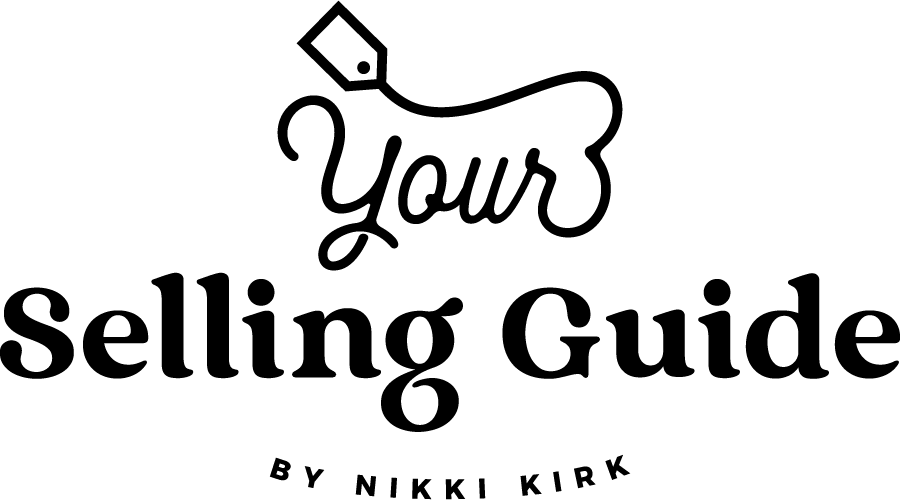
Easily Calculate Macros To Lose Body Fat
What is counting macros anyways?
Counting Macronutrients, specifically fats, proteins, and carbohydrates, is what you might also hear referred to as flexible dieting or IIFYM “If It Fits Your Macros”. Essentially, you can eat anything you want, as long as it fits your macro target.
There are three different fitness goals you can aim for when counting macros. You can track for Fat Loss, Maintain Weight, or Get Toned.
Macros For Body Fat Reduction
Some people, professional bodybuilders for instance, do body fat cuts for 8-12 weeks before a show. I only do it for 4-6 weeks. It does help to shed some weight and give your body and mind a reset. However, in my opinion, it’s not something that would be fun or healthy for the average person to do for a long period of time.
I have tracked macros on and off for the last year and a half. When I track, I am always tracking them for body fat loss. I want to gain more muscle and lose body fat. It is really easy to calculate your targets. It takes a little bit of discipline to track them, but the more you do it, the easier it gets.
Below is how to calculate macros specifically for body fat loss, followed by my tips on making the most of your cut.

For how to calculate macros for your various goals, check out my previous post here.
*Disclaimer* I am not a dietician, nutritionist, or any kind of qualified professional to be listening to. This is purely what I do when I track my macros. Be sure to check with your doctor or medical professional before making any changes to your diet.
How to Calculate Macros For Body Fat Loss
Step one is to figure out your specific caloric needs. To do that, use this calculator.
Once you have that, you divide those calories by the target of macros for Body Fat Loss, which is: Carbohydrate 30% – Protein 40% – Fat 30%.
Break out your phone calculators for step two.
- 1 gram of fat is 9 calories
- 1 gram of protein is 4 calories
- 1 gram of carbohydrates is 4 calories
To get your macros in grams, you take your total daily calories from step one, times the percentage for the macro goal, divided by the calories in 1 gram of that macronutrient.
Here is an example based on a 2000 calorie daily target:
30% carbohydrates = 2000 x 0.3 / 4 = 150 grams
40% protein = 2000 x 0.4 / 4 = 200 grams
30% fat = 2000 x 0.3 / 9 = 66.6 grams
Now you’ve got your targets, you are ready to start tracking them!
Tips for Successfully Tracking Your Macros
Tip 1: Set up a MyFitnessPal account.
You don’t need a pro plan to track macros. To set up the free version of MyFitnessPal to work for you: Go to ‘More’ and select ‘Goals’. Under ‘Nutrition Goals’, select ‘calorie, carbs, protein, and fat goals’. Enter your calorie goal and then set the percentage bars for each macro. I keep a note in my phone of my goal target grams since you can’t see it on the free version.
Tip 2: Begin to track your food intake 2-3 days before you plan to begin a cut.
Starting to track earlier helps you identify what nutrients are in the foods you are eating as well as get in the habit to track every item you consume. By tracking a few days before, you will know better what foods are macro rich, and which are going to be harder to fit in.
Tip 3: Plan the day in the morning.
As with any meal prep, planning is key. When you have an idea of what you are going to eat that day, it’s easier to input it all in the morning, or night before, and adjust as the day goes on. That way, if you have your treat macros in the afternoon, you can adjust your dinner before you even get to making it.
Tip 4: Make the foods fun!
You can eat anything you want to, so make the meals fun and incorporate a treat! Nothing will make you hate this more than eating crummy ‘diet’ foods. You can eat ice cream, you can have chocolate, you just have to account for them. That’s why they call this flexible dieting after all!
Tip 5: Protein Powder.
I am always struggling to hit my protein number and I couldn’t do it without protein powder. I drink 2-3 shakes a day while cutting. I am also a huge fan of Greek yogurt. I look for 0 Fat with 22-24 grams of protein per serving. Some days I combine the yogurt with my powder for a morning shake. I’ve found protein the hardest number to hit when tracking so find it where you can!
Are you doing a cut this year? Have any other questions about it? Let me know below!


